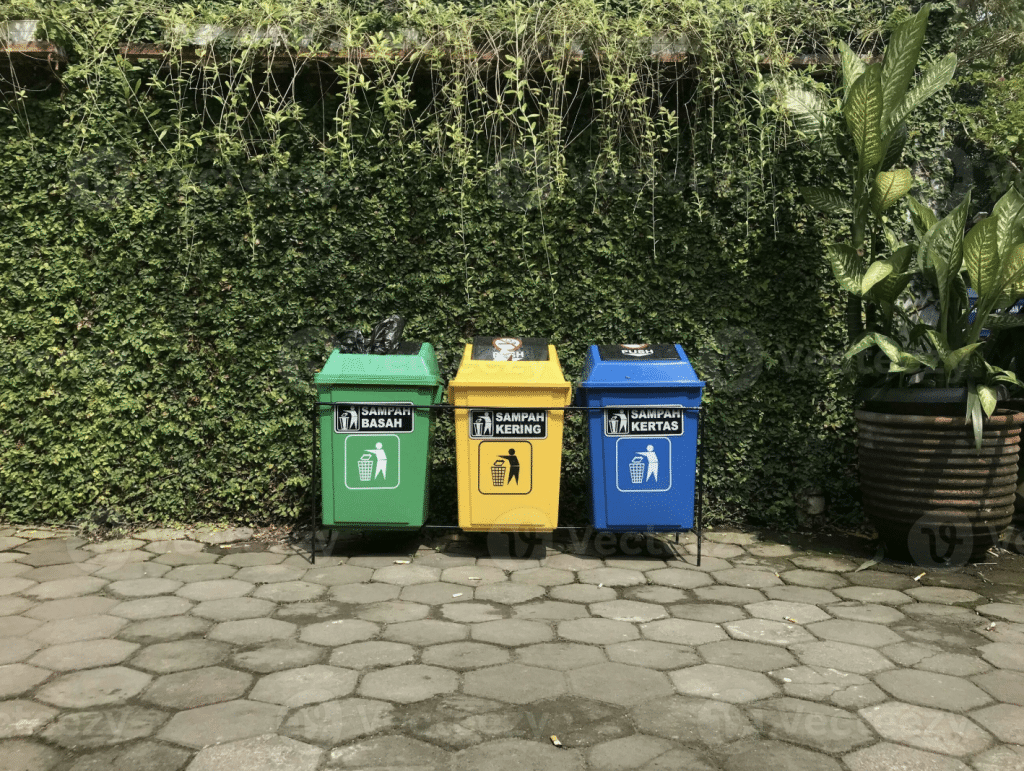The commercial trash can which most people have the tendency to ignore is crucial to having clean and efficient public spaces.
These essential fixtures still do more than just help with waste collection, they also facilitate public health, environmental protection and augment the beauty of the social space thus, making it a necessity for any facility for the public.
Strategic Placement and Design
In order to get the commercial trash can correctly put in, in public spaces, one has to put a lot of thought into its placement. The placement needs to be in such a way that the canister does not block clean areas but instead remains visible from entry points, becomes more strategically designated such as nearby a crowded park where individuals usually gather near their entrances, picnic areas, and walkways. The appearance of these receptacles increasingly reflects both functional and aesthetic reasons with choices of classic outlooks to the modern ones to fit varying architectural settings.
Durability Meets Functionality
Today’s commercial trash can options feature robust construction designed to withstand various weather conditions and daily use. Steel construction, weather-resistant coatings, and secure lidding systems ensure these units remain functional and attractive despite constant exposure to the elements and heavy usage patterns. Many models now incorporate anti-corrosion treatments and UV-resistant materials for extended service life.
Environmental Impact
A well-placed commercial trash can serves as the first line of defense against litter and environmental pollution. These receptacles help prevent waste from entering waterways, harming wildlife, or degrading public spaces. Many modern designs include separate compartments for recyclables, promoting environmental responsibility and supporting waste reduction initiatives in public areas.
Public Health Protection
Beyond aesthetics, each commercial trash can contributes to public health by containing waste that could otherwise attract pests or spread disease. Covered designs help control odors and prevent rain from collecting in the receptacle, while sturdy construction deters animal access. Advanced models may include antimicrobial coatings and hands-free operation features to enhance hygiene.
Cost-Effective Investment
Indeed, the cost of state-of-the-black quality commercial trash containers might appear steep, but the benefits in the long term far exceed the cost. When in use, these bins effectively reduce the need for manual work, increase their serviceability period, and contribute to the cleanliness of the public. The modern day materials have undergone substantial improvements, hence providing years of assured use.
Space Management
Space has to be sensible when considering any commercial waste container regardless of its design. Vertical, horizontal or circular shapes that I can think of or any that wastes less space while collecting a similar kind of waste in the public spaces would suffice. They usually feature most contemporary recycling technics for disposal by setting tablets or crushing mechanisms on board. This allows for the deployment of compacting units that come in various shapes and sizes.
Conclusion
The therefore much ignored and underrated component of the means for the preservation of public health and public space which is the commercial trash can. However, this part of the sensorial experience has and still is defi engineering by growth designers, growth engineering and social engineers. Ensuring that commercial garbage container remains in the right place, looks pleasant and is easy to maintain is only part of the overall success and management of modern facilities.
